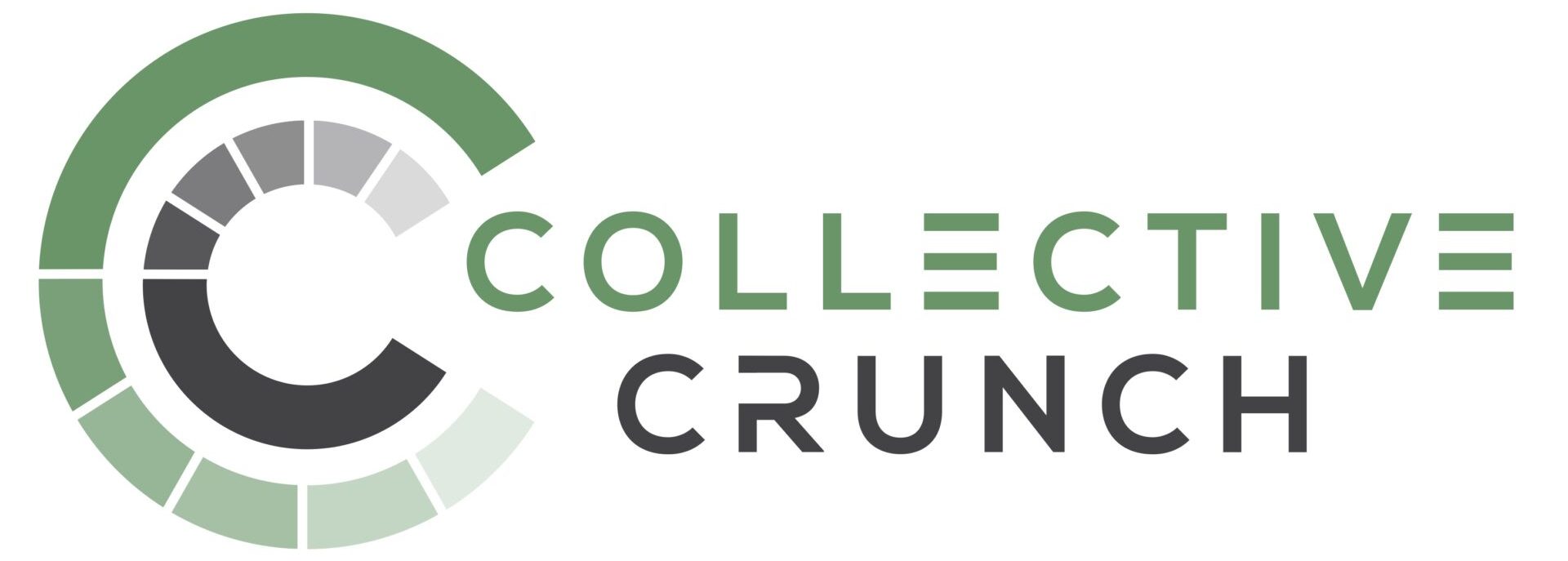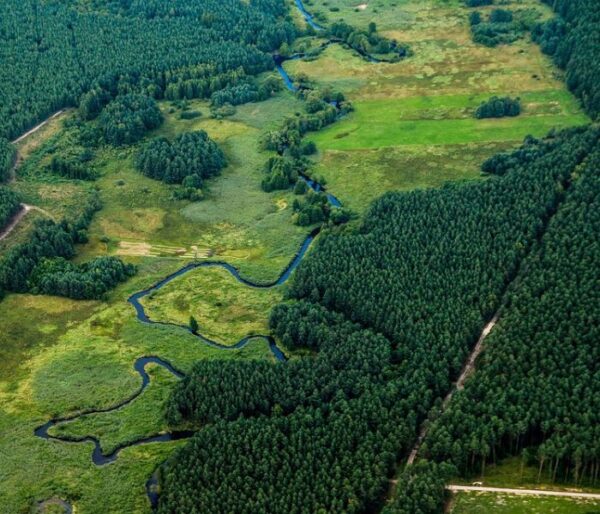The current process of carbon credit registration
There are three main steps in carbon credit registration: validation, registration, and verification. The carbon standard players in the market, like Gold Standard, Verra and CCB, assist project developers in the three steps. Sending the carbon offsetting project to one of the carbon standard organizations enhances its credibility and the value of the credits created.
Validation
The validation is where the initial project plan is inspected and approved by a third-party auditor. The business wanting to invest in carbon offsets usually does not need to be active at this stage: the established standards, like Verra, have their trusted auditors and processes for the validation.
However, the project developer still needs to provide all the necessary documentation regarding the current state of the project, monitoring plan and future estimates for two scenarios – with and without the carbon project. Sometimes, the developer also needs to do additional investigations, such as consultations by field experts or manual measurements. If the companies decide to compose a project and set the standard themselves, they also need to provide this information and acquire third-party approval through independent auditing.
The validation step is important and sometimes rather costly, therefore favoring larger projects.
Registration
An auditor must verify the accuracy of the project and its monitoring plan before it can be registered. If a pre-existing standard was followed, the project is typically added to the existing register. Otherwise, the company may have their own registry.
Once the unit has been registered, it can be used to offset emissions and sold to a buyer. It can also be sold on the secondary market through a broker. It is important to ensure the registry remains up to date with the credit status. To ensure that a unit is only used once, used credits are either automatically cancelled or retired from the registry, or in some cases, the user must manually report the retirement back to the registry.
Verification
Projects are monitored based on the monitoring plan, which ensures the project proceeds as planned and the forecasted reductions are taking place. The standard will keep the certification if the project is performing as planned.
Verification cycles are usually around 5 years or more, because of the high costs of verification. The long verification cycle results in high uncertainty between the verifications, as the forest might have been affected by unplanned events. The 5-year cycle is also problematic for companies wanting to report carbon-related initiatives on an annual basis. The project needs to be verified before it can continue until the next verification period.
One of the main concerns and requirements is to assure the longevity of the reductions, often meaning active maintenance. For example, sometimes forestry projects need thinnings to ensure a good tree density or the project might be affected by fire, storm or bark beetle damage, all of which require active maintenance.
This process derives from multi-year government initiatives and is not geared to the practical needs of what companies would desire in a commercial context. Moreover, this process has evolved over the past 30 years and does not fully capture the advances that have been made in remote sensing, data processing and analysis.
In summary:
- The project owner makes initial assessments and inventories that are then validated by a third-party auditor
- The carbon standard registers the project and acts as the middleman between the project owner and the auditor
- After the project starts, inspections are carried out every few years by the project owner
- The reports are sent to the auditor that needs to verify them, for the standard to still approve the project
Towards a scalable carbon trading solution
From a technical point of view, the problems of the current practices and processes are the lack of scalability, cost of verification and the lack of transparency. The methods need to be updated to move to a scalable and reasonably priced system.
Insisting on a process involving field visits will not deliver the scalable and efficient carbon trading system the world needs. By applying multi-layer data and AI to the verification process of carbon, we can provide the information carbon trading requires in a way that is accurate, timely and scalable. This will enable investment and trading on a scale required to mitigate the climate risks we are facing.
To gain a better understanding of how to simplify, update, and scale carbon trading, you can download our whitepaper “Prerequisites for Scalable Carbon Trading”.




